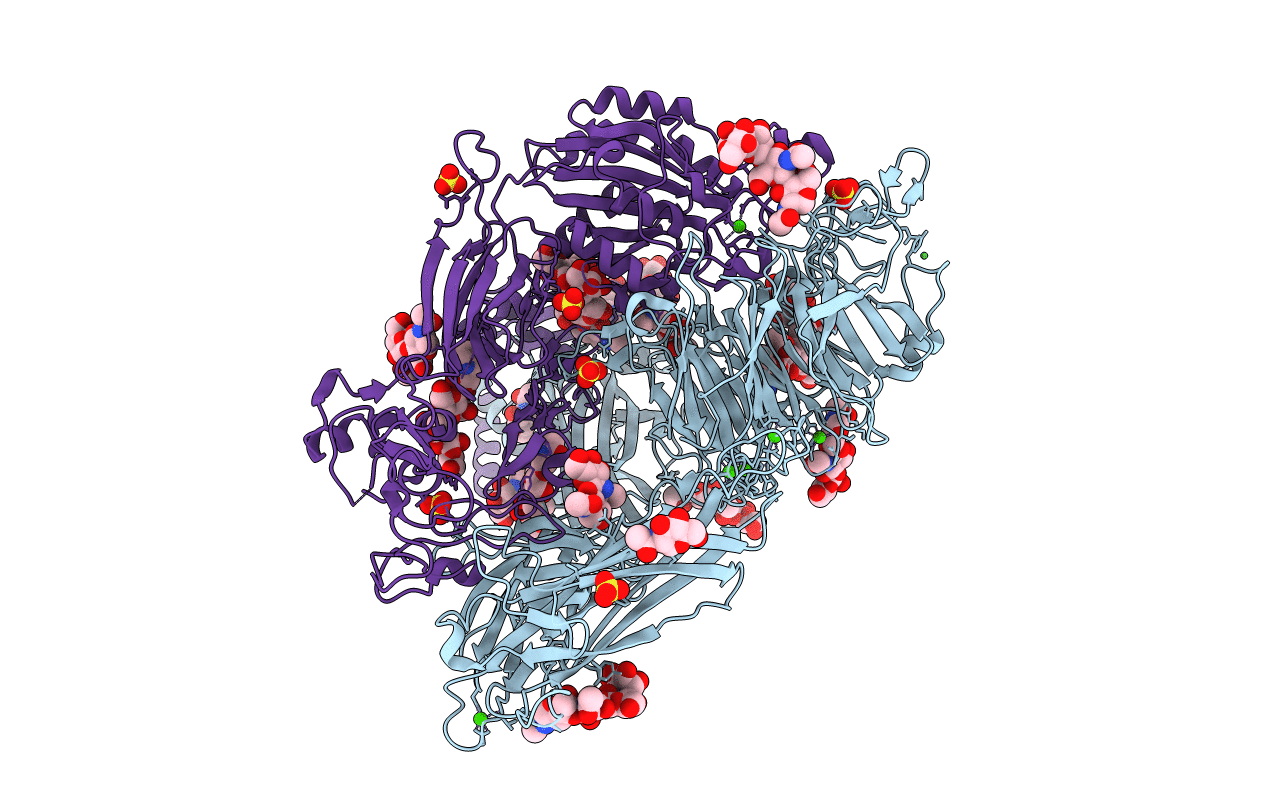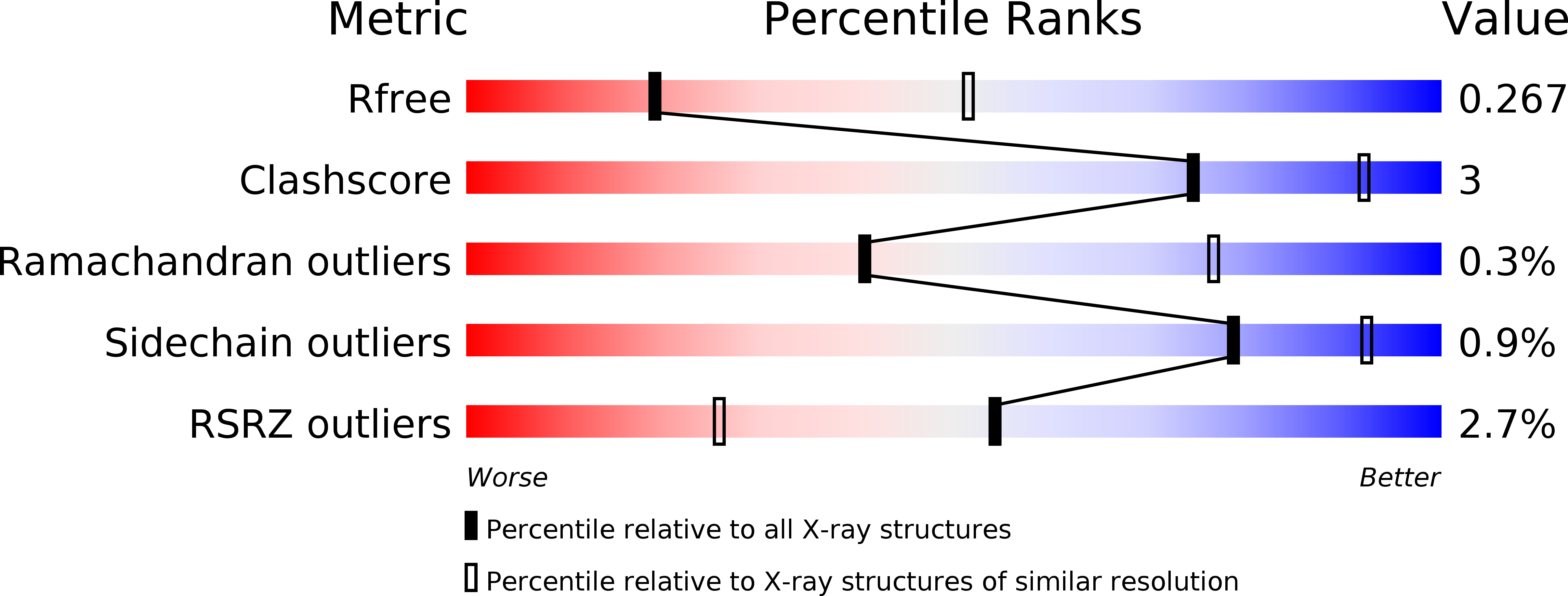
Deposition Date
2012-07-10
Release Date
2012-12-12
Last Version Date
2024-11-27
Entry Detail
PDB ID:
4G1E
Keywords:
Title:
Crystal structure of integrin alpha V beta 3 with coil-coiled tag.
Biological Source:
Source Organism:
Homo sapiens (Taxon ID: 9606)
Method Details:
Experimental Method:
Resolution:
3.00 Å
R-Value Free:
0.26
R-Value Work:
0.24
R-Value Observed:
0.24
Space Group:
P 32 2 1


